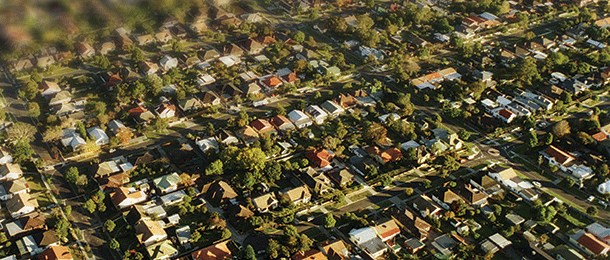The latest SQM Research analysis has shown the national residential rental vacancy rate experienced a significant increase from 2 per cent in March to 2.6 per cent in April, with all states contributing to the trend.
The data revealed there are now 88,668 vacant residential properties across the nation.
A review of the year-on-year figures also reflected a rise in the residential rental vacancy rate, albeit a smaller increase than the monthly movement, going from 2.3 per cent in April 2019 to 2.6 per cent in April 2020.
With regard to specific geographic areas, the Sydney central business district experienced the highest vacancy rate in April, recording a record high in the history of the analysis of 13.8 per cent. This compares to a rate of 5.7 per cent in the prior month.
Melbourne and Brisbane also suffered significant vacancy rate increases, with Melbourne’s Southbank district rising to 13 per cent and the CBD jumping to 7.6 per cent.
“This is one of the largest one-month rises ever recorded on our vacancy rates series,” SQM Research managing director Louis Christopher noted.
“The blowout in rental vacancy rates for the major CBDs suggests a mass exodus of tenants occurred over the course of March and April. This might be attributed to the significant loss in employment in our CBDs plus the drop-off in international students.
“We are well aware of a surge in short-term accommodation now being advertised for long-term leasing.”
The research also showed holiday location vacancy rates suffered, with the Gold Coast experiencing a high rate of 8.5 per cent, with Noosa recording a marginally better rate of 6.8 per cent.
Weekly rental asking rates for houses moved in line with increased vacancies and dropped 1.3 per cent for the period ended 12 May 2020. Meanwhile, rent charged for units bucked the trend, remaining unchanged on a nationwide basis.
According to the study, the weekly average rent for a house in Australia now sits at $537 and $428 for a unit.
“The question now begs is how long will we see such high rental vacancies. If it is sustained throughout the course of the year, then we can expect far deeper falls in rents, which will be good news for tenants but a disaster for landlords,” Christopher observed.
“There will also be economic consequences with further sharp falls in building approvals likely, thereby risking a major depression in our residential construction sector, as well as the rather obvious risks for housing prices.”


